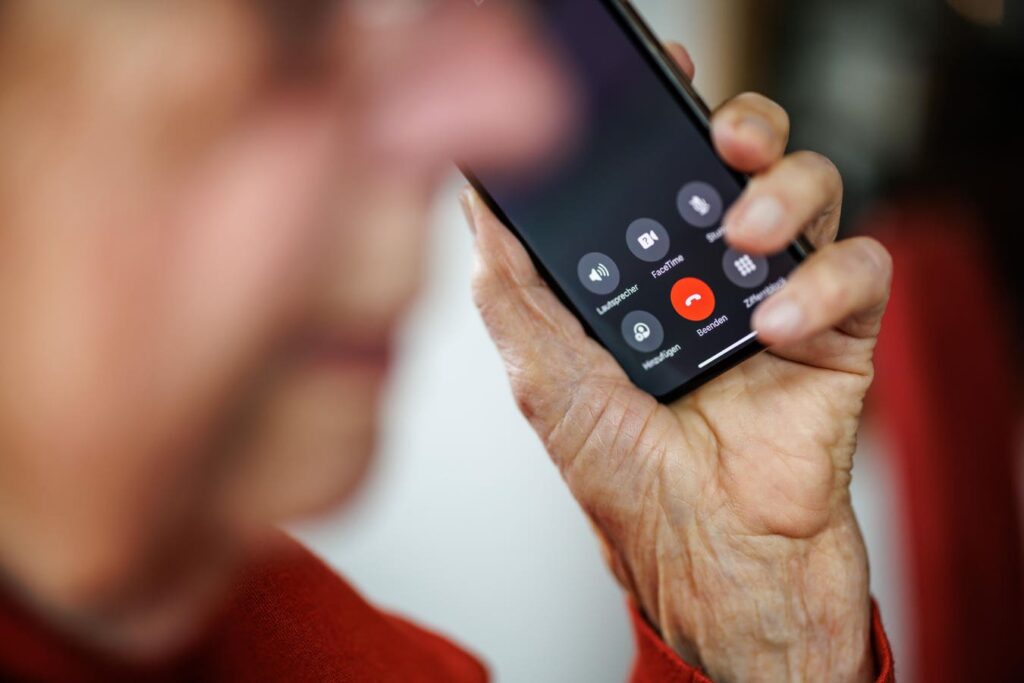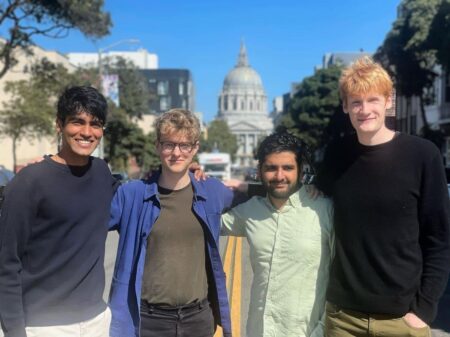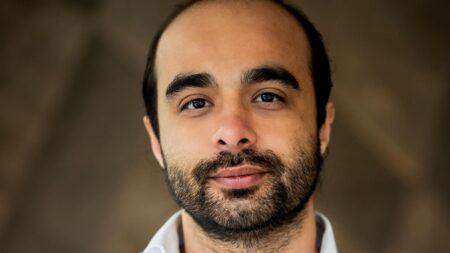In January of last year, Atlanta-based startup Pindrop, a robocall and fraud-busting platform used mostly by call centers, had its 15 minutes of fame by defending the president. AI technology was being used to clone and impersonate former President Joe Biden’s voice in New Hampshire, discouraging Democrats from voting. Pindrop was referenced across national media outlets as it accomplished what only a few in the space could: it identified the fraud at play and leveraged its massive collection of audio recordings to figure out what technology was used.
Flash forward more than a year, and Pindrop has passed a new milestone in its more than 10 years of operations by reaching annual recurring revenue of more than $100 million. That growth is built on an increasingly lucrative offering in this new age of AI: Fighting deepfakes, or digitally created hoax recordings, images or videos, often used for nefarious reasons. “Its growth reflects both the urgency of the challenge and the standout accuracy of its platform,” Martin Casado, a general partner at Andreessen Horowitz, a Pindrop investor, told Forbes.
Pindrop offers three main products that combat fraud and identity theft. Its core products authenticate phone calls by verifying the caller’s voice or if they’re calling from a trusted device. In 2024, it bolstered its offerings with a new product to use AI technology and determine if the caller is a machine or not. Pindrop’s services are already used at the call centers of eight of the ten largest banks, to screen calls, identifying suspicious speech patterns and outing fraudsters. And the company has been making inroads into health care and retail in recent years.
Fighting voice impersonation hasn’t always been a booming business. Pindrop entered the deepfake space in 2017 and quickly was noticed for identifying false voice clips from a documentary about chef Anthony Bourdain in 2018. These early detection abilities would evolve into its proprietary deepfake-identifying product.
Before OpenAI released ChatGPT in 2023, the company saw one deepfake phone call across its entire customer base monthly. At that time, it would simply detect the call as fraudulent, and then staffers would analyze it. “Twenty people at Pindrop would show up on a Zoom call and we’d all listen to the call,” CEO Vijay Balasubramaniyan said. But by the end of 2024, it was flagging an average of seven false calls per day, per customer. Balasubramaniyan says the company has seen a 111% increase in deepfake-related fraud attempts since 2022.
“What we have found is within the first four or five seconds of a deepfake call, they make so many mistakes and they make them in such unique ways that not only can we identify it’s a deepfake, we know which engine made the mistake,” Balasubramaniyan says.
Pindrop has been profitable since 2020, and completed a debt raise of $100 million last summer from Hercules Capital. It has raised more than $235 million in total venture capital and was last valued at $925 million with its $90 million raise in 2018. Balasubramaniyan says the 280 person company is not currently raising more money. “After raising $200 million, man, you don’t want more money, you have to be a real business,” he explained.
Now, Pindrop is further building out this side of the business by continuing to invest in its deepfake detection abilities and aiming to integrate with job application processes and video meetings to detect more than just audio deepfakes. John Chambers, an angel investor and board member at Pindrop, who worked for decades as CEO at Cisco, says the total deepfake market is potentially worth tens of billions of dollars.
“Customers will pay an unbelievable amount of money to know that they’re not on a deepfake supply chain [or job applicant] call,” Chambers said, adding, “It’s a $60 billion market.”
And Pindrop has positioned itself well in this goal. From its decade of fraud fighting, it has a database of 5 billion call recordings with 20 million deepfake audio files. The data set has allowed the company to sharpen its competitive edge against startups like identity verification provider Prove or deepfake protection platforms like Reality Defender and GetReal.
In AI, that means keeping current with a fast-evolving technology and ever more realistic fakes. But Balasubramaniyan is confident in the company’s AI detection abilities because audio data is so dynamic. The voice contains thousands of moments every second at which it can be examined, he says.
For every advantage Pindrop scores with its tech, a bad actor will surely find a new attack, Balasubramaniyan says. Pindrop’s advantage is that it’s still more expensive for fraudsters to generate a deepfake than to detect one. “Deepfakes are going to get better, but we’re not going to be sitting around twiddling our thumbs,” Balasubramaniyan says.
Read the full article here














